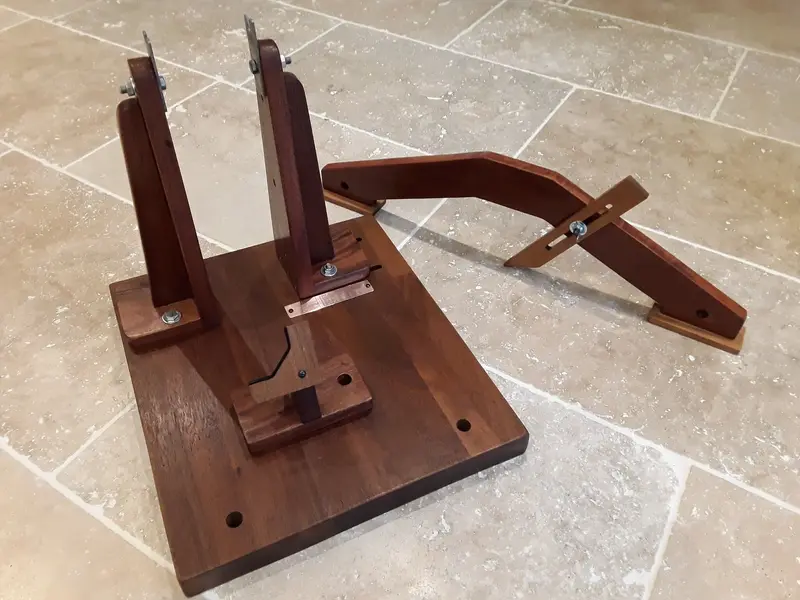You will need the rims first, to determine spoke length needs. I tend to swap out like for like against an established wheel, but the likes of drystonepaul on here can advise spoke length when you are ready.
Sapim, wheelsmith are good choices, plain gauge a bit stronger than butted, Stainless or brass nipples are typically safer. Alloy powder up and fail, if unchecked.
These generalized statements can't go unchallenged !
1 If you are going to build a wheel you will need some basic measuring equipment to determine both rim and hub dimensions which will be
needed to make an accurate spoke length calculation . See Sheldon Brown on wheelbuilding for sensible advice
2 ' plain gauge a bit stronger ' this being strictly true , you would have to ask why the majority of wheels built today have butted spokes
ie spokes that are thickest at the ends ( the spoke head/elbow and threaded portion ) and of reduced diameter in the middle .
See Sheldon on spoke elasticity
3 Stainless steel nipples don't even exist ! it has been suggested that this is because the nipple would seize on the spoke ( known as galling )
brass nipples are indeed safe and widely used , brass has a very good surface finish when machined/threaded
4 ' alloy powder up and fail ' this being the case ? you would again have to ask why the majority of spokes you will need for your wheel build
come with anodized alloy nipples as standard ?
Good luck with your wheel build , its not as complicated as it first appears . Once you have sorted your spoke lengths , you can play around
with your various components ( again Sheldon Brown has an illustrated guide ) until you have a complete accurately constructed wheel .
The wheel trueing/dishing/spoke tension is another matter , but which you should be able to manage with patience . In a worst case
scenario take the wheel to your LBS for them to complete
